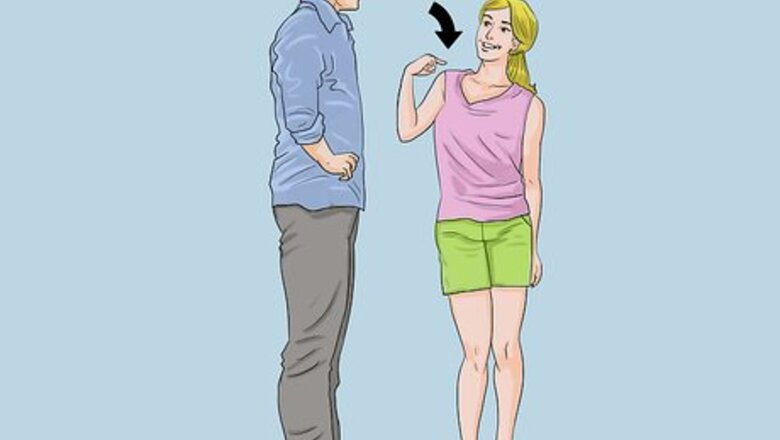
views
Carrying a Friend

Position yourself. Ask your friend to stand next to you, facing your right shoulder. You'll be picking him up with the "fireman's carry," which can make it surprisingly easy.
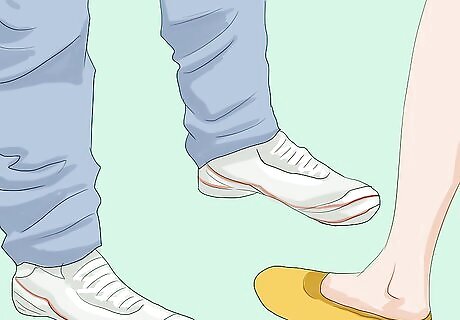
Place your right leg between his feet. Shift your right leg so it is between your friend's feet. Put more weight on this leg, so it is ready to support your friend.
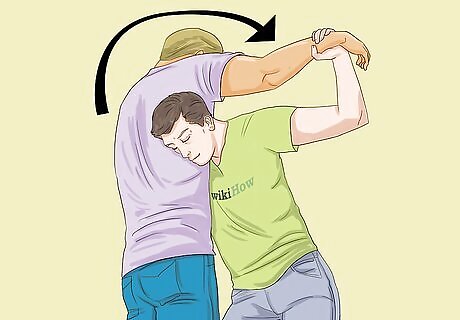
Bring your friend's right arm behind your neck. Bring your left hand across your chest to grasp your friend's right wrist or forearm. Lift your friend's arm over your head and duck forward, placing it across your neck and shoulders. When finished, you should be bent forward slightly, with our left hand back on your left side. Maintain a firm grip on your friend's arm.
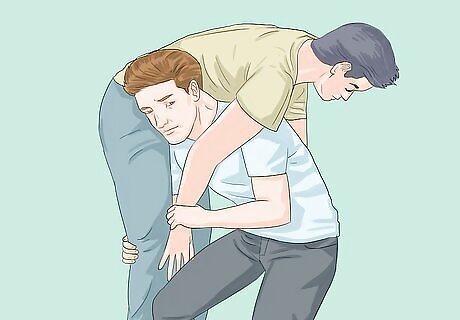
Bring your right arm down to his right knee. Carefully move your right arm off the other person. Now squat slightly, keeping your back as straight as you can while supporting the weight of the larger person. When you're low enough to reach his legs, slip your right arm between his knees. Grasp the back and side of his right knee with your hand. Your left hand should keep a firm grip on his right arm this whole time.
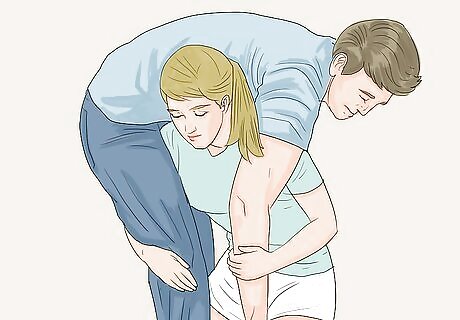
Bring him onto your shoulders. You should now have a firm grip on his right forearm and the back of his right knee. Use these grips to pull him onto your shoulders. When you're finished, he should be positioned like this: His legs dangle in front of your right shoulder. Your hand is firmly and easily gripping one knee. His torso is mostly straight across your shoulders. His right arm is pulled in front of you.

Stand. Lift with your legs and hips, never your back. Keep your back as straight as possible, bent forward just enough to support your friend. If necessary, adjust your friend to balance his weight more evenly.
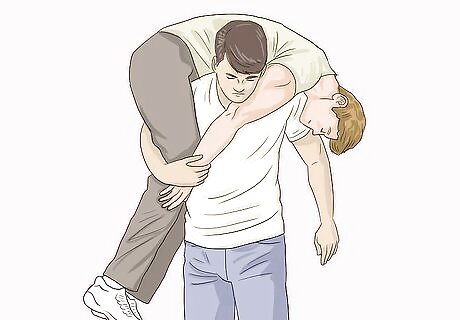
Move your friend's arm. Move your friend's right arm across your chest. With your other hand, let go of your friend's knee and wrap your arm around his leg. Grasp your friend's right arm with your right hand. Your left hand should now be free to help you balance as you walk around.
Moving Someone in an Emergency

Carry someone out of a car. A possibly injured victim should be left in place whenever possible, since moving may cause injury. If the car is burning or there is another reason the victim must move immediately, follow these instructions: Move the victim's legs clear of the pedals. Rotate the victim so her back faces the open car door. Lock your arms under her armpits and in front of her chest. Drag the victim to a safe location, supporting her head with your body. If her legs or feet catch on the car, slowly lower her to the ground, lift her legs out by hand, then drag using the next step.
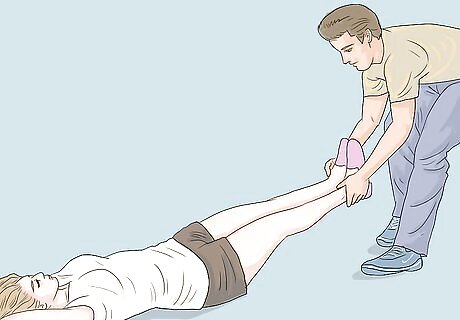
Drag someone by the legs. If the ground is smooth and there are no obvious leg injuries, use this technique to move the victim out of the danger area. Crouch low and grab the patient's ankles. Lean back and pull the victim to safety. Leaning back uses your own body weight as leverage, allowing you to drag someone much heavier than yourself. To reduce the risk of self-injury, do not extend your arms more than 15–20 inches (38–51cm). Flex your arms slowly backwards, then reposition yourself before pulling again. Some first aid agencies do not like this method because it drags the victim's head along the ground. For this reason, never use it on rough ground.
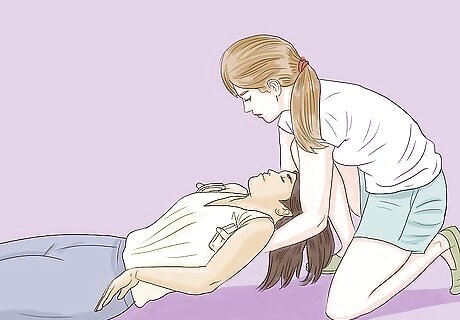
Drag someone by the shoulders. Bend over next to the top of the person's head. Grasp the victim's clothing underneath the shoulders, supporting her head with your arm. Drag backward. Alternatively, pull the victim's arms above her head. Grip the elbows, pressing them against the victim's head to support it. Use this method if the victim's clothing is torn or weak.
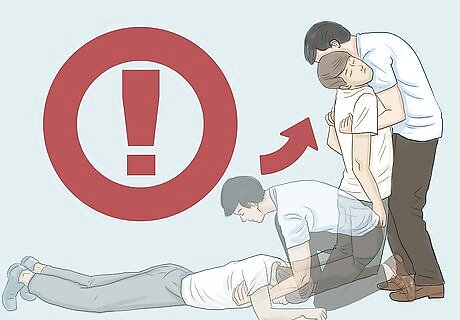
Carry the victim only when absolutely necessary. Carrying someone is a last resort in an emergency. It can make an injury worse, or expose the victim to smoke inhalation during a fire. Use it only when immediate movement is necessary, and dragging is not possible. If the victim is unconscious, it can take considerable strength to lift her to a standing position. To do this, roll the person onto her stomach. Kneel at the top of her head, and place both arms under her armpits. Grasp her back and stand by pushing with your legs, keeping both your backs as straight as possible. Once the victim is in a standing position, you can follow the instructions under "carrying a friend." Alternatively, give a "piggyback ride" by crossing the victim's arms in front of your chest and balancing the victim's weight on your hips. This may be safer if the victim is injured, but it is still not ideal.




















Comments
0 comment